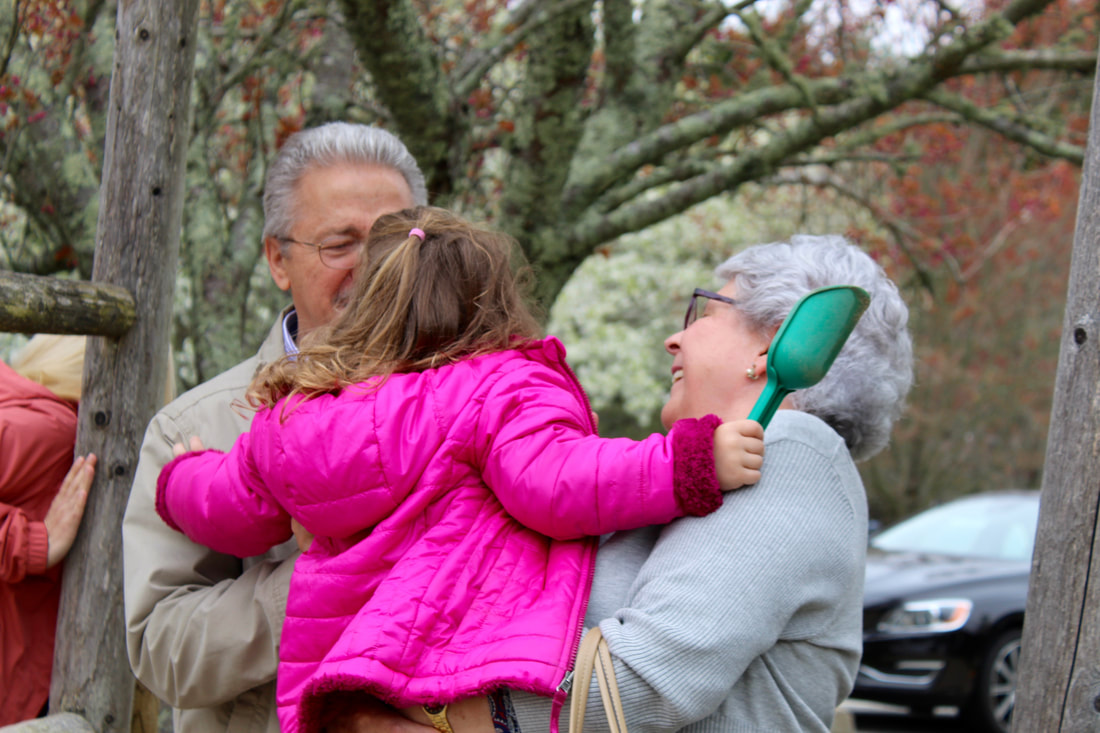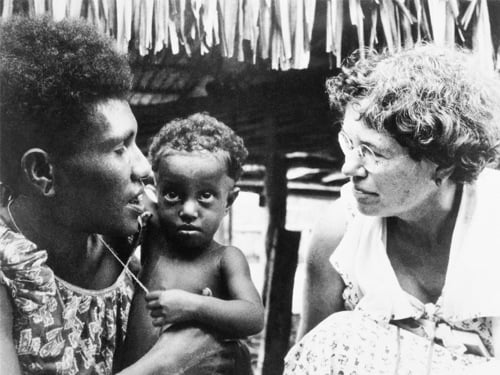

In the 1980s, Derek Freeman contested many of Mead's claims, and argued that she was hoaxed into counterfactually believing that Samoan culture had more relaxed sexual norms than Western culture. It is a key text in the nature versus nurture debate, as well as in discussions on issues relating to family, adolescence, gender, social norms, and attitudes.

The book has sparked years of ongoing and intense debate and controversy on questions pertaining to society, culture, and science. Since its first publication, Coming of Age in Samoa was the most widely read book in the field of anthropology until Napoleon Chagnon's Yanomamö: The Fierce People overtook it. The book details the sexual life of teenagers in Samoan society in the early 20th century, and theorizes that culture has a leading influence on psychosexual development.įirst published in 1928, the book launched Mead as a pioneering researcher and as the most famous anthropologist in the world. Coming of Age in Samoa: A Psychological Study of Primitive Youth for Western Civilisation is a 1928 book by American anthropologist Margaret Mead based upon her research and study of youth – primarily adolescent girls – on the island of Taʻū in the Samoan Islands.


 0 kommentar(er)
0 kommentar(er)
